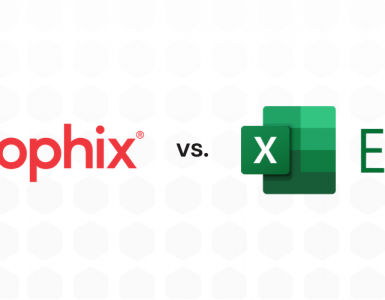FSN’s 2021 research, “Agility in Planning, Budgeting and Forecasting (PBF)”, points to a new way forward for the FP&A function after the turmoil of the pandemic. Planning, budgeting and forecasting was the most disrupted financial process of the crisis, and this has increased the urgency of investment in digital transformation.
The research confirms that the automation gap, i.e., the latent potential locked up in the PBF process is particularly high, yet it also suggests the pursuit of automation should not be indiscriminate. For example, even though the speed of the PBF process has generally improved since 2017, the accuracy of budgeting and forecasting has deteriorated. Furthermore, although many organisations have spent more time on the PBF process this too, has failed to deliver any improvement in accuracy or agility.
Forecasting more frequently doesn’t help either. We call it the ‘hamster wheel’ effect. The finance organisation is spinning the wheel faster and faster but isn’t going anywhere because the fundamentals of forecasting methodology have not changed.
So, the obvious question is what should now be the focus of automation and digital transformation?
It was the agility of the process, namely the inability to respond with accuracy and speed to changed circumstances, that let the side down during the pandemic. But it would be a mistake to focus purely on the pandemic. Agility is an essential attribute of forecasting in the normal course of business as well. When the ‘new normal’ arrives, organisations will need to be able to respond routinely to changes in business models, disruptive market entrants, organisational change and acquisitions, to name but a few.
Fortunately, FSN’s research shines a light on exactly what drives increased agility. The research compared the performance of “transformation leaders” (those that had completely transformed the PBF process in the last 3 years) with those organisations that had not begun their transformation journey. Strikingly, transformation leaders outperformed in every single one of FSN’s performance benchmarks and pinpointed that their success rested on two pillars. Firstly, getting the right infrastructure in place and secondly using the most appropriate accounting techniques.
When it came to infrastructure, transformation leaders had eschewed standalone or disconnected spreadsheets for data entry and reporting a long time ago. Instead, transformation leaders had achieved data mastery by housing all of their data (financial and non-financial) in a unified environment such as a CPM system in the cloud. This specialised software provided the essential financial intelligence (for example, periodicity, dimensions, accounting rules) needed to quickly build a robust planning, budgeting and forecasting application.
This investment in platform then gave ‘permission’ (the capability) to deploy advanced accounting techniques such as rolling forecasts, zero-based budgeting and scenario planning. FSN’s research identifies that each of these techniques on their own give exceptional benefit, but these methods are not mutually exclusive. The research concludes that even though each technique merits its own place in the CFO’s tool bag, they should ideally be used together. For example, rolling forecasts bring increased agility, zero based budgeting enhances accuracy and scenario planning allows organisations to look out further into the future.
The good news is that all of this is within the grasp of the modern finance function. Digital transformation is essential and armed with this research we now know exactly why and how.






